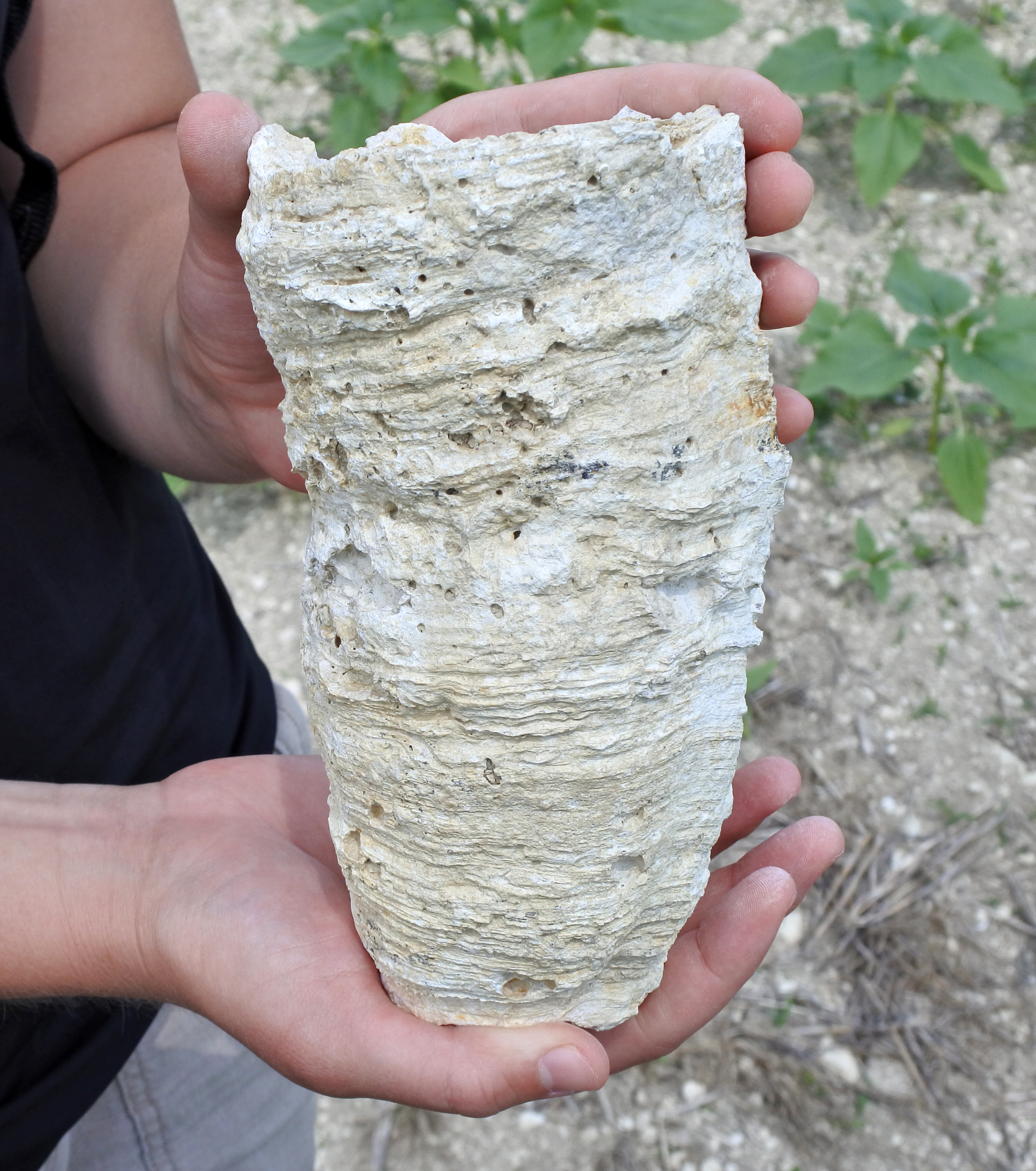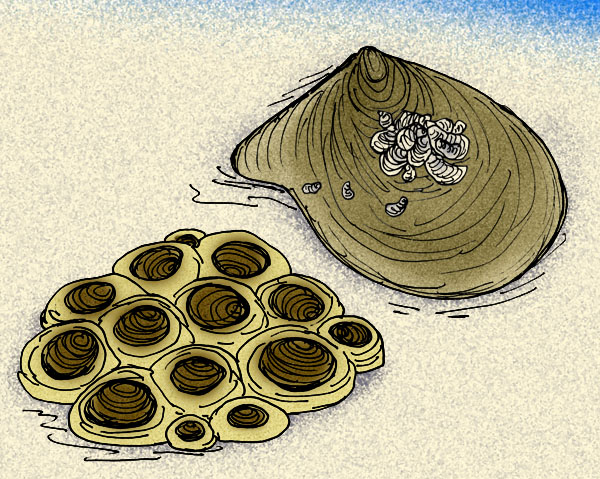|
Requieniidae
Requieniidae is a family of rudists, in the order Hippuritida, which lived from 155.7 to 66.043 million years ago. Taxonomy Placed by the WoRMS and Fossilworks Fossilworks is a portal which provides query, download, and analysis tools to facilitate access to the Paleobiology Database, a large relational database assembled by hundreds of paleontologists from around the world. History Fossilworks was cre .... Family Requieniidae Kutassy, 1934 * Subfamily: Matheroniinae ** Genus: '' Hypelasma'' ** Genus: '' Kugleria'' ** Genus: '' Lovetchenia'' ** Genus: '' Matheronia'' ** Genus: '' Rutonia'' * Subfamily: Requieniinae ** Genus: '' Apricardia'' ** Genus: '' Bayleia'' ** Genus: '' Bayleoidea'' ** Genus: '' Pseudotoucasia'' ** Genus: '' Requienia'' ** Genus: '' Toucasia'' References Prehistoric bivalve families Hippuritida {{Paleo-bivalve-stub ... [...More Info...] [...Related Items...] OR: [Wikipedia] [Google] [Baidu] |
Rudists
Rudists are a group of extinct box-, tube- or ring-shaped marine heterodont bivalves belonging to the order Hippuritida that arose during the Late Jurassic and became so diverse during the Cretaceous that they were major reef-building organisms in the Tethys Ocean, until their complete extinction at the close of the Cretaceous. Shell description The Late Jurassic forms were elongate, with both valves being similarly shaped, often pipe or stake-shaped, while the reef-building forms of the Cretaceous had one valve that became a flat lid, with the other valve becoming an inverted spike-like cone. The size of these conical forms ranged widely from just a few centimeters to well over a meter in length. Their "classic" morphology consisted of a lower, roughly conical valve that was attached to the seafloor or to neighboring rudists, and a smaller upper valve that served as a kind of lid for the organism. The small upper valve could take a variety of interesting forms, including: a ... [...More Info...] [...Related Items...] OR: [Wikipedia] [Google] [Baidu] |
Hippuritida
Rudists are a group of extinct box-, tube- or ring-shaped marine heterodont bivalves belonging to the order Hippuritida that arose during the Late Jurassic and became so diverse during the Cretaceous that they were major reef-building organisms in the Tethys Ocean, until their complete extinction at the close of the Cretaceous. Shell description The Late Jurassic forms were elongate, with both valves being similarly shaped, often pipe or stake-shaped, while the reef-building forms of the Cretaceous had one valve that became a flat lid, with the other valve becoming an inverted spike-like cone. The size of these conical forms ranged widely from just a few centimeters to well over a meter in length. Their "classic" morphology consisted of a lower, roughly conical valve that was attached to the seafloor or to neighboring rudists, and a smaller upper valve that served as a kind of lid for the organism. The small upper valve could take a variety of interesting forms, including: ... [...More Info...] [...Related Items...] OR: [Wikipedia] [Google] [Baidu] |
Requienia (bivalve)
''Requienia'' is an extinct genus of fossil saltwater clam, a marine bivalve mollusc Mollusca is the second-largest phylum of invertebrate animals after the Arthropoda, the members of which are known as molluscs or mollusks (). Around 85,000 extant species of molluscs are recognized. The number of fossil species is esti ...s in the order Hippuritida, family Requieniidae. These rudists lived in the Cretaceous period, from the Valanginian age (136.4–140.2) to the Campanian age (70.6–83.5 mya). They were stationary intermediate-level suspension feeders. Distribution This genus occurs in the Cretaceous of Albania (collection), Croatia, France, Germany, Hungary, Iraq, Italy, Mexico, Oman, Portugal, Serbia and Montenegro, Spain, Switzerland, Turkey, Ukraine, United States, Venezuela; Jurassic of Hungary. Species *''Requienia ammonia'' *''Requienia migliorinii'' *''Requienia renevieri'' References External links Universal Biological IndexerPaleobiology Da ... [...More Info...] [...Related Items...] OR: [Wikipedia] [Google] [Baidu] |

